ALPINIA RED RUBIN
$15.90
.Alpinia Red Rubin is a small dense clumping shrub with beautiful, slender, dark green leaves with red undersides and lovely small clusters of white fragrant flowers that attract birds and butterflies. Great for mass plantings, garden beds or as a patio plant in containers or pots. Best planted in semi-shade with well drained soil. It is an excellent indoor plant or house plant as it is very adaptable to low light positions with protection from wind, pefect for screening. Red Rubin is a fast growing Alpinia and is also heat and drought tolerant. Alpinia red Rubin will grow to a height and width of 2m.
Out of stock
Alpinia Red Rubin is a small dense clumping shrub with beautiful, slender, dark green leaves with red undersides and lovely small clusters of white fragrant flowers that attract birds and butterflies. Great for mass plantings, garden beds or as a patio plant in containers or pots. Best planted in semi-shade with well drained soil. It is an excellent indoor plant or house plant as it is very adaptable to low light positions with protection from wind, pefect for screening. Red Rubin is a fast growing Alpinia and is also heat and drought tolerant. Alpinia red Rubin will grow to a height and width of 2m.
USES OF AlPINIA RED RUBIN
The plant is ornamental and the leaves can be used for cooking or to make flavored vinegars. The flavor is a bit more pungent than other types of basil, so use it sparingly. Red Rubin is easy to grow from seed after all danger of frost has passed in spring, or plant seeds indoors six to eight weeks ahead of time.
Alpinia is used to treat fever, muscle spasms, intestinal gas, and swelling (inflammation); to kill bacteria; and as a stimulant.
BENEFITS OF AlPINIA RED RUBIN
Great for mass plantings, garden beds or as a patio plant in containers or pots. It is an excellent indoor plant or house plant as it is very adaptable to low light positions with protection from wind, pefect for screening. Red Rubin is a fast growing Alpinia and is also heat and drought tolerant.
Antacids Interaction Rating: Minor Be cautious with this combination.Talk with your health provider.
Antacids are used to decrease stomach acid. Alpinia may increase stomach acid. By increasing stomach acid, alpinia might decrease the effectiveness of antacids.
Some antacids include calcium carbonate (Tums, others), dihydroxyaluminum sodium carbonate (Rolaids, others), magaldrate (Riopan),magnesium sulfate (Bilagog), aluminum hydroxide and others.
Medications that decrease stomach acid (H2-Blockers)Interaction Rating: Minor Be cautious with this combination.Talk with your health provider.
Alpinia might increase stomach acid. By increasing stomach acid, alpinia might decrease the effectiveness of some medications that decrease stomach acid, called H2-blockers. Some medications that decrease stomach acid include cimetidine (Tagamet),
Some medications that decrease stomach acid include omeprazole (Prilosec), lansoprazole (Prevacid), rabeprazole (Aciphex), pantoprazole (Protonix), and esomeprazole (Nexium)
WHAT OTHER NAME IS AlPINIA KNOWN
Alpinia officinarum, Alpinie, Catarrh Root, China Root, Chinese Root, East India Catarrh Root, East India Root, Galanga, Galanga Camphré, Galanga Minceur, Galangal, Galangal Officinal, Galangal Root, Galgant, Gao Liang, Gao Liang Jiang, Gargaut, Gingembre Rouge, India Root, Languas officinarum, Lesser Galangal, Petit Galanga, Racine de Galanga, Radix Alpiniae Officinarum, Rasna, Rhizome Galangae.
HOW DOES AlPINIA WORK
Alpinia contains chemicals that block certain steps in the swelling (inflammation) pathway.
Be the first to review “ALPINIA RED RUBIN” Cancel reply
Related products
Indoor Plants
Indoor Plants
Indoor Plants
Indoor Plants
Indoor Plants
Indoor Plants
Indoor Plants
Indoor Plants

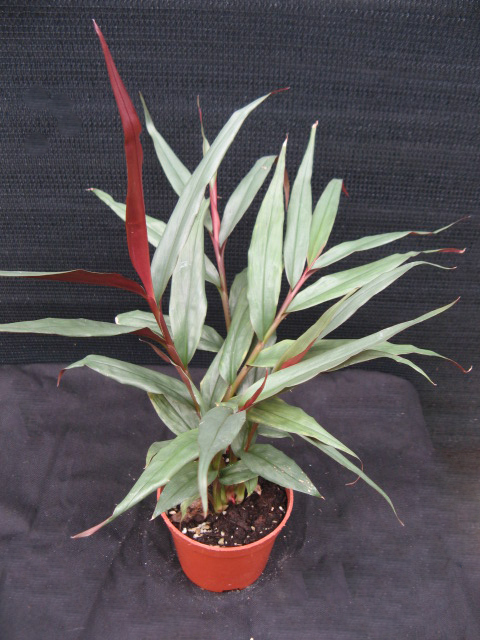
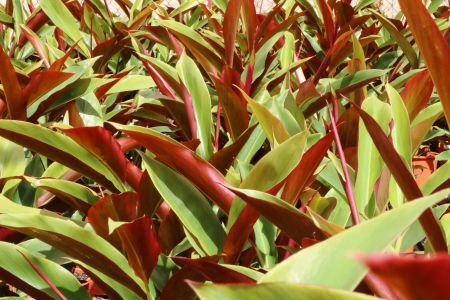
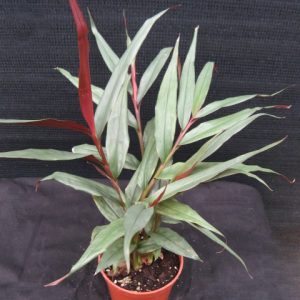
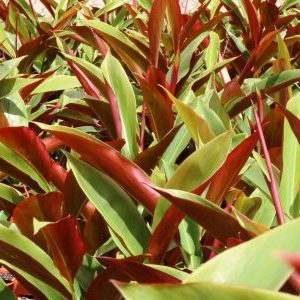

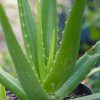
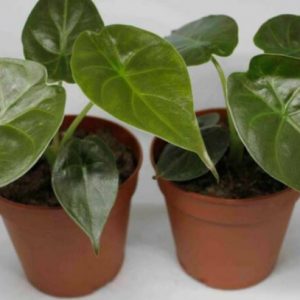
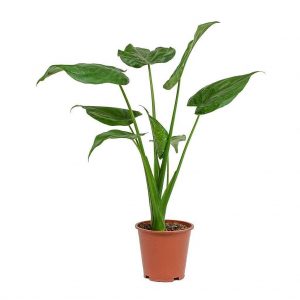
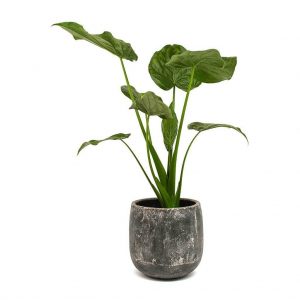
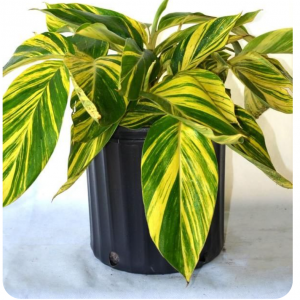
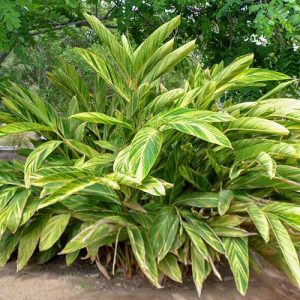
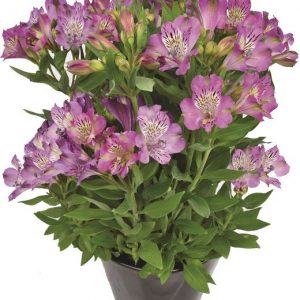
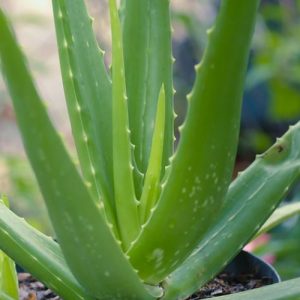
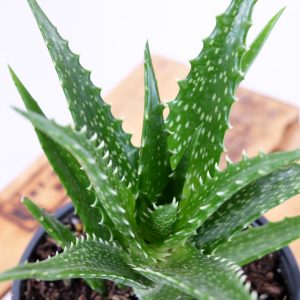
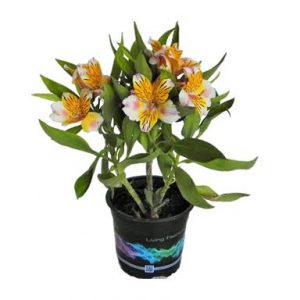
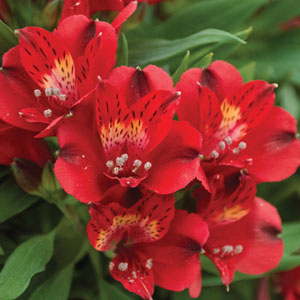
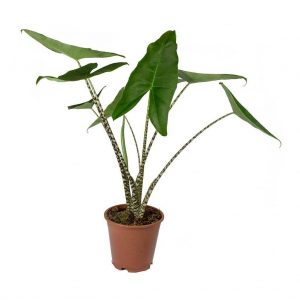
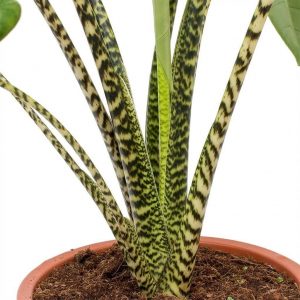
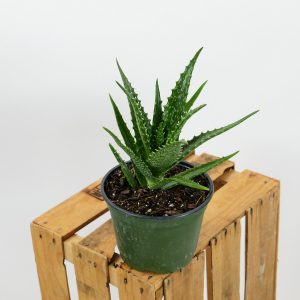
Reviews
There are no reviews yet.